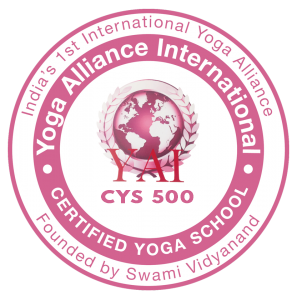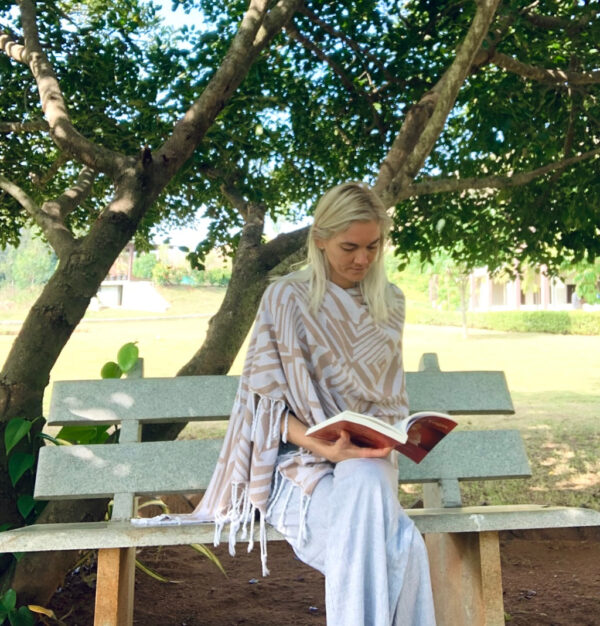Information



One of the most beautiful aspects of yoga is that it is a complete life philosophy (in my opinion). Through continuous daily practice we can learn, understand and experience it. The practice is not limited to the mat, asana is just one of the “tools” we can use. Actually the true wisdom of yoga is to apply it in all our daily activities.
Life no doubt can feel challenging at times. Events come and sometimes we cannot understand their reason, other times we are grateful for them. Life is a rhythm; a fluctuation of constant movement and changing events, shifting rapidly. We can see this in the nature, its seasons and polarities of day and night. We too experience these shifts, from shadow to light and vice versa. Our moods change based on external events or internal shifts. People enter our life and then they leave. Places we once felt connected to, no longer seem familiar. Jobs that we dreamed of doing, can turn into a chore. Relationships that brought us happiness, sometimes end in disappointment. These are the rhythms of life, most of them which we cannot control. So how can we learn to flow with this rhythm and all it brings following the teachings of yoga?
Life is constantly changing. Rarely we stay present with each experience; most of the time we are physically present but the mind is either in the past, future or in judgement. If we can learn to be in the experience in real time, as it comes, without the need to judge it but to simply live it, we can find our balance. This is what dharana (concentration) & dhyana (meditation) practices teach us. To be still, to be present. In life, there are times we need to be active and dynamic and times when we need to be passive and pause. If we can find the middle ground, then we can learn to go through each event of life with more ease, in a state of acceptance & balance.
Setting goals is part of life and most of us are taught that life is about becoming something great and ticking things off our To Do list, that the more we achieve, the greater we are…The philosophy teaches us that whether we tick things off or not or achieve anything, we are still great. Because our true self is the greatest light there is in each one of us, coated in these layers of physical experience. Instead of focusing on how you can be greater, yoga teaches us to shift this onto the collective, “How can we better be of service, do great for others, the nature etc”…We should indeed strive to live a life of integrity and bringing good to the world. It is our duty as human beings to be of service in some way. When we are in a constant state of desire, suffering will come. Because if the desired outcome does not happen, then this will bring disappointment. And when the desire is fulfilled, another desire will follow and the cycle continues.
This is perhaps one of the hardest aspects of the philosophy. Most of us love with attachment and condition. Many even attach to their spiritual practice. We cling onto things, places, careers etc to give us some sort of solid ground on who we think we are and how we live our life. Attachment in the philosophy is said to only bring dukkha, suffering. Everything is temporary, including our relationships. So no doubt suffering will be experienced if we attach to anything or anyone, because as it comes, at some point it will go. Practicing vairagya is difficult. It requires time, patience and faith. For some, unlearning the conditions they have learned throughout life. But when we start to feel joy and be grateful for every thing, every person, every aspect life gifts us with, without needing to be dependant on it or claim ownership for it, then we are free. And this internal state of freedom is one of the most powerful insights we can realise from the yoga philosophy.
One of the key outcomes of a consistent and dedicated yoga practice (this goes beyond just asana practice) is the realisation that we are not just the body and the mind but that beneath these, the essence which reflects through these is our true nature. These are indeed the objects of manifestation in physical life of our essence. This is difficult to understand and it requires consistent practice and reaching the highest forms of spiritual practice, such as meditation and Samadhi/enlightenment; the awakening of what I am, the true meaning of self-realisation. All the physical aspects of the self are constantly changing & impermanent, but the essence remains. It is not bound, dependant or affected by any external factors. This is where the meaning of “union” of yoga comes in to join all the dots and reach the AHA moment. How are we all connected? Because we all are just one essence manifested in different form.